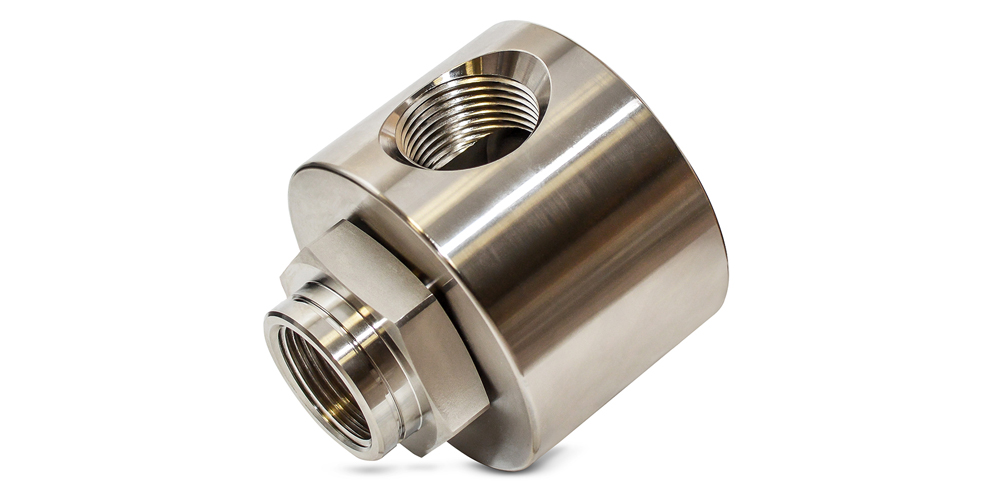Electroless nickel plating is a form of alloy treatment. The process was developed to increase resistance and hardness in a metal or plastic, but it can be plated over a wide variety of metals such as stainless steel, aluminum, titanium, mild steels, hardened steel, zinc die-cast, brass, and copper.
Electroless nickel, also known as EN or E/Ni, provides a uniform coating on most surfaces, even complex or irregular ones. The cover it provides is hard and resistant to wear, corrosion and friction.
Benefits of Electroless Nickel Plating
Electroless Nickel Plating provides many advantages compared to alternative plating techniques. Some of these benefits include:
- Enhanced hardness
- Uniform deposit thickness regardless of component complexity
- Solderability of low phosphorus and electroless nickel boron alloys
- Less hydrogen absorption
- Creates compressive or non-existent stress
- Reduced porosity results in superior corrosion resistance
The Electroless Nickel Plating Process
Compared to electroplating, the electroless nickel plating process is much simpler. First of all, it doesn’t require an electric current to pass through the chemical bath solution to start the plating process. Instead, the metal surface undergoes cleaning and an autocatalytic process that involves a hypophosphite and nickel salt solution that serves as a bath. The bath’s phosphorus content determines the level of hardness and corrosion resistance of the coating. The solution also defines the finish of the surface which may be as matte, semi-bright, or bright.
Meticulous cleaning of the component is essential to proper plating. The surface should be ground smooth and flat and cleared of any corroded areas. The cleaning process may involve grit blasting. Once cleaned, the surface is prepared for a deposit of nickel-phosphorus. The surface will go through a pre-treatment process that involves chemicals to remove oils and grease. These series of compounds also help stabilize the process and control pH levels. Once the base material is in the solution, it acts as a catalyst, and the resulting nickel deposit also serves as a catalyst.
The bath’s chemistry should be monitored regularly. Electroless nickel plating can be deposited at a rate of 5 microns per hour up to 25 microns per hour. The coating thickness is essentially without limit because the process is continuous; however, as the thickness increases, it becomes more susceptible to imperfections. With the addition of a baking operation following the plating, coating hardness is enhanced.

